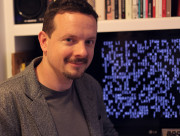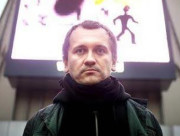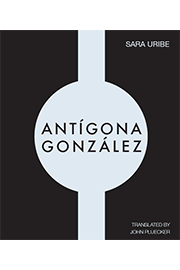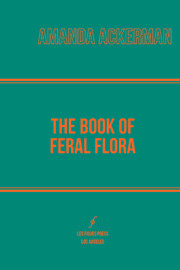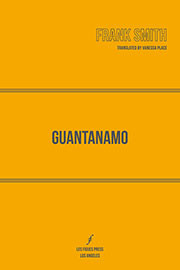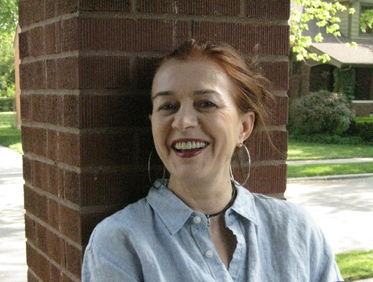2×6
Nick Montfort
Serge Bouchardon
Andrew Campana
Natalia Fedorova
Carlos León
Aleksandra Małecka
Piotr Marecki
Literature, Translation | $17.00
ISBN 13: 978-1-934254-67-7
Size: 5.5 in. x 5.5 in.
Pages: 256
Binding: Softcover, Perfect
Published: October 2016
BUY NOW at LARB BOOKS
2×6 consists of short “stanzories”—stanzas that are also stories, each one relating an encounter between two people. Appearing in English, French, Spanish, Russian, Japanese, and Polish, the stanzories are generated by a similar underlying process, even as they do not correspond to one another the way a translation typically does to a source text. These sixfold verses are generated by six short computer programs, the code of which is also presented in full. These simple programs can endlessly churn out combinatorial lines that challenge to reader to determine to whom “she” and “he,” and “him” and “her,” refer, as well as which is the more powerful one, which the underdog. Generating 2×6 is a simple process, and readers are invited to study the programs and even modify them to make new sorts of text generators. Reading the output can be much more difficult, as the text that is produced crosses syntax with power relations and gender stereotypes, multiplying those complexities across six languages.

